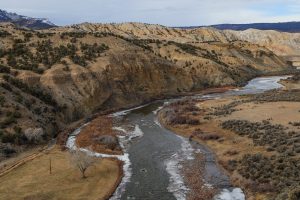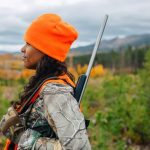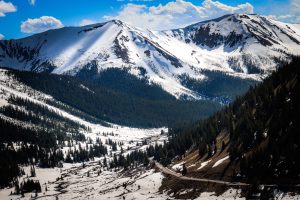Ask Eartha: What happened at the Water in the West events?
Ask Eartha
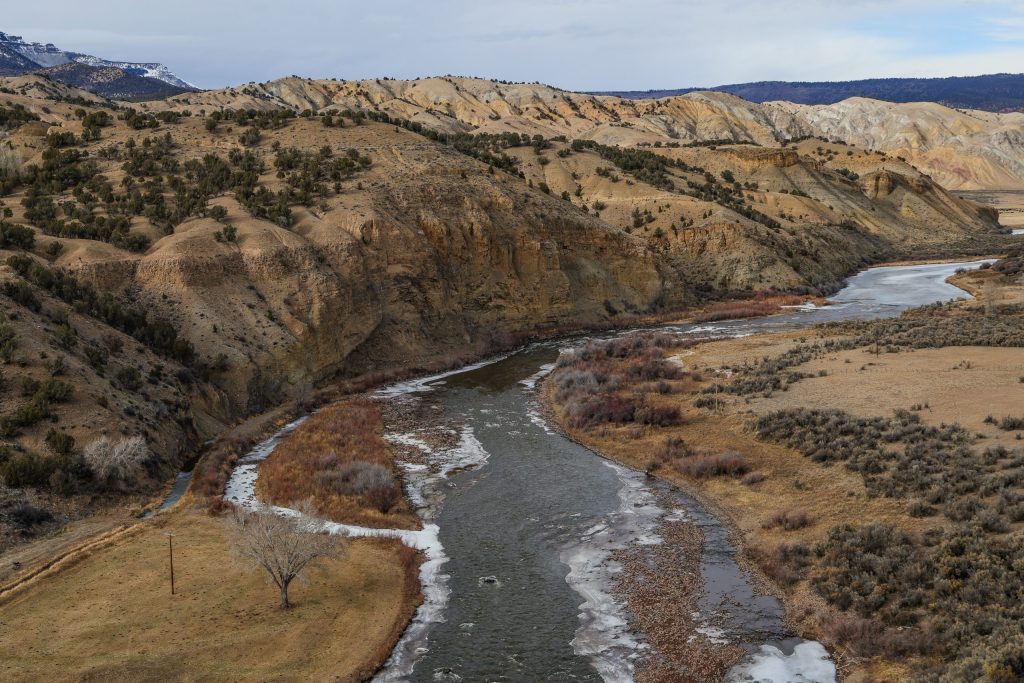
Chris Dillmann/Vail Daily archive
Dear Eartha, I really wanted to attend the water conservation talks this summer, but I was too busy soaking up the long days. How can I get caught up on what I missed?
Don’t fret! I attended each Water in the West event and prepared a summary for summer senders like yourself. As a refresher, Water in the West is a monthly speaker series covering water topics relevant to the American West. High Country Conservation Center, in partnership with Blue River Watershed Group and Friends of the Dillon Ranger District, invited scientists, reporters and water professionals to highlight water issues, spread awareness and leave listeners feeling informed and empowered to take action.
Climate change and water scarcity
Taylor Winchell, Climate Adaptation Specialist at Denver Water, kicked off the series by taking to the skies to assess Colorado’s water supply. Twice a year, the Colorado Airborne Snow Measurement program flies remote sensing equipment over ski resorts, snow basins and watersheds to monitor snowpack and calculate overall water supply using snow water equivalents.
As snowpack provides water to 1.5 million people in the Denver Metro area, accurate measurements are key for water planning. Learn more about tracking water supply in Denver Water’s article.
Wildfire-ready watersheds
Local hydrologist Brad Piehl and Red, White & Blue Fire Protection District’s Wildfire Chief Matt Benedict discussed the impacts of wildfires on our waterways, forests, and homes. Wildfire’s biggest threat isn’t the fire itself. Instead, it’s the after-effects. Wildfires of all sizes destroy the forest understory, like brushes and shrubs. As roots die off, soil has nothing to cling to and begins to erode. That’s why large rain events following wildfires cause landslides, introducing sediment and debris to our streams, muddying water quality, and posing further risk to infrastructure.
To protect our forests from wildfires, the Forest Service thins trees, decreasing overall fuel load, while nonprofits use beaver mimicry to dam wetlands, returning moisture barriers to ecosystems. To protect our homes, consider creating defensible space: layers of vegetation and rock barriers that act as fire breaks.
Water usage in our ski areas
Troy Wineland, state water commissioner for Summit County, and Kolina Coe, Keystone Resort’s former director of mountain operations, walked through the history of Keystone’s snowmaking. In 1972, when water was more abundant, Keystone became one of the first resorts to offer man-made snow. Now, supply is lower. As snowmaking is a water-intensive process, water pulled from reservoirs greatly diminishes streamflow, negatively impacting macroinvertebrates like fish.
To mitigate this impact and improve stream health, the Forest Service and the Colorado Water Conservation Board require minimum in-stream flows and fish stocking. In addition, a 2019 snowmaking equipment upgrade allowed Keystone to significantly decrease water loss from evaporation.
State of the Colorado River
KUNC reporter Alex Hager took us on a journey down the Colorado River from its headwaters at La Poudre Pass through seven U.S. states to its terminus in Baja California, connecting us with the communities, tribes, farms, and ecosystems that rely upon its water.
In the 1960s, this river once drained into the Gulf of California; this is no longer the case. In recent years, water supply has diminished 30% due to a 20-year climate change-driven drough, rendering reservoirs like Lake Powell “on the cusp of failure.” Scientists predict that by 2050, water demand will outpace the supply of the river. As climate change intensifies, water availability could decrease even more — meaning that some of the 40 million people relying on the river will receive less than legally owed.
The 1922 Colorado River Compact was drawn to distribute water to all rights holders in the Colorado River Basin. However, the original Compact was based on an overestimated high-water year. Renegotiations of this compact are slated to be completed by the new year, a necessary and complex action to ensure all within the Basin can access water.
Why water matters
80% of Colorado’s water originates from the Western Slope, yet 80% is used by Front Range communities via trans-basin diversions. As water stewards for Summit County, Eastern Colorado, and southwestern states downstream, it’s our collective responsibility to conserve this necessary — and limited — resource.
You can partake by following the status of the Colorado River Compact Renegotiations, voting for water-smart ballot measures and decreasing your individual water footprint as much as possible.
See you at next summer’s Water in the West.
Ask Eartha Steward is written by the staff at the High Country Conservation Center, a nonprofit dedicated to waste reduction and resource conservation. Submit questions to Eartha at info@highcountryconservation.org.
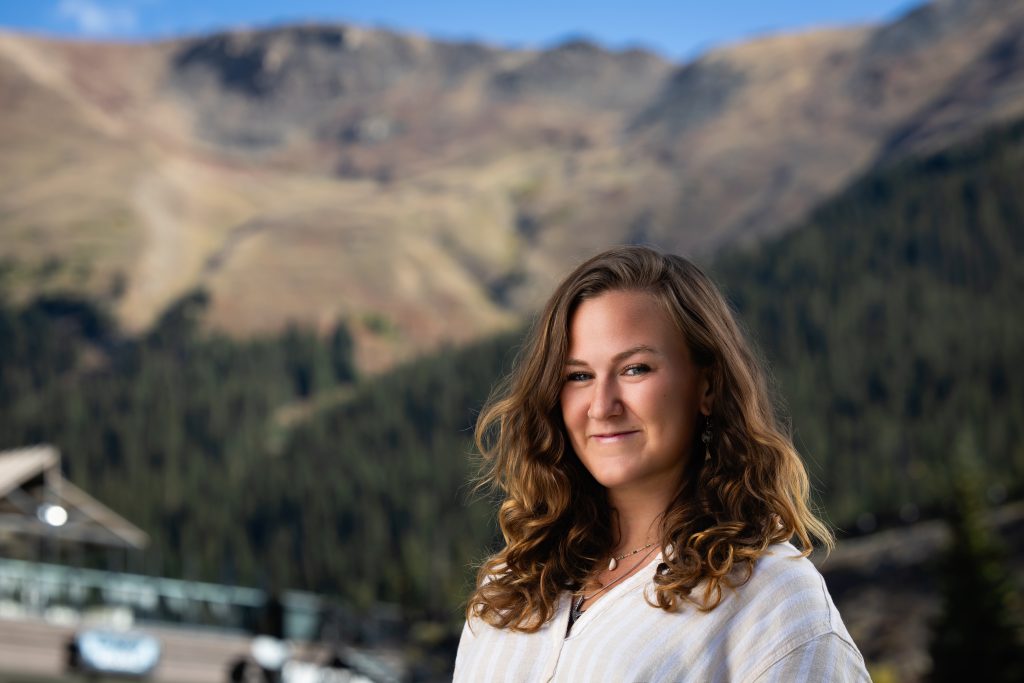

Support Local Journalism

Support Local Journalism
As a Summit Daily News reader, you make our work possible.
Summit Daily is embarking on a multiyear project to digitize its archives going back to 1989 and make them available to the public in partnership with the Colorado Historic Newspapers Collection. The full project is expected to cost about $165,000. All donations made in 2023 will go directly toward this project.
Every contribution, no matter the size, will make a difference.
